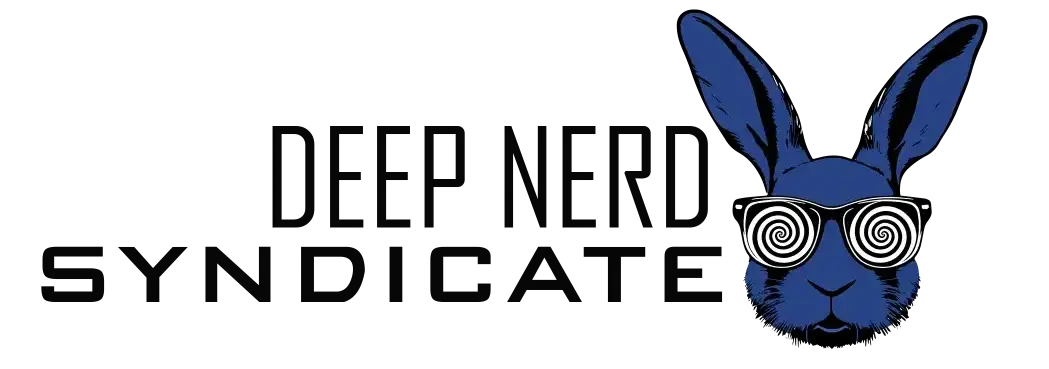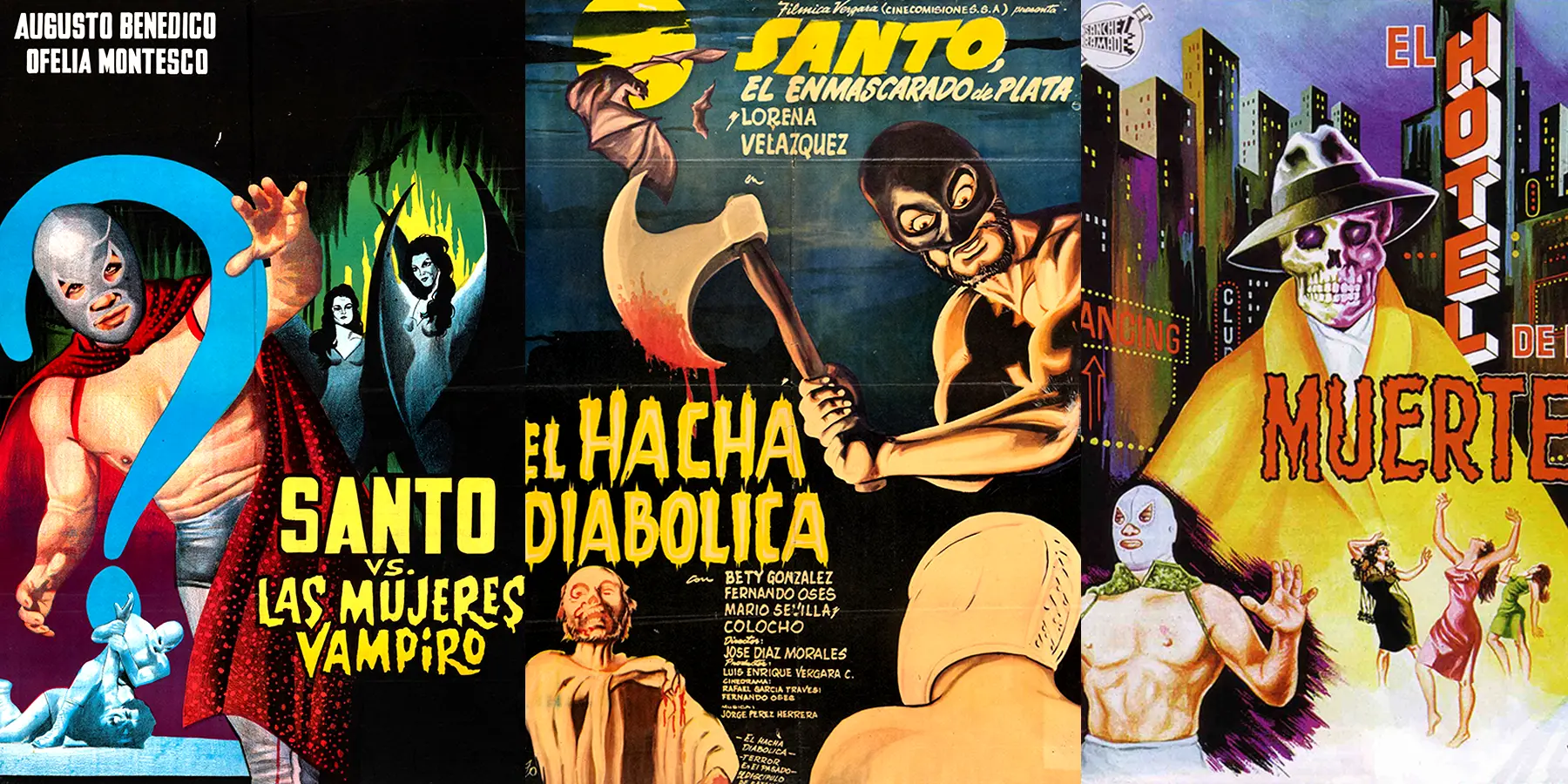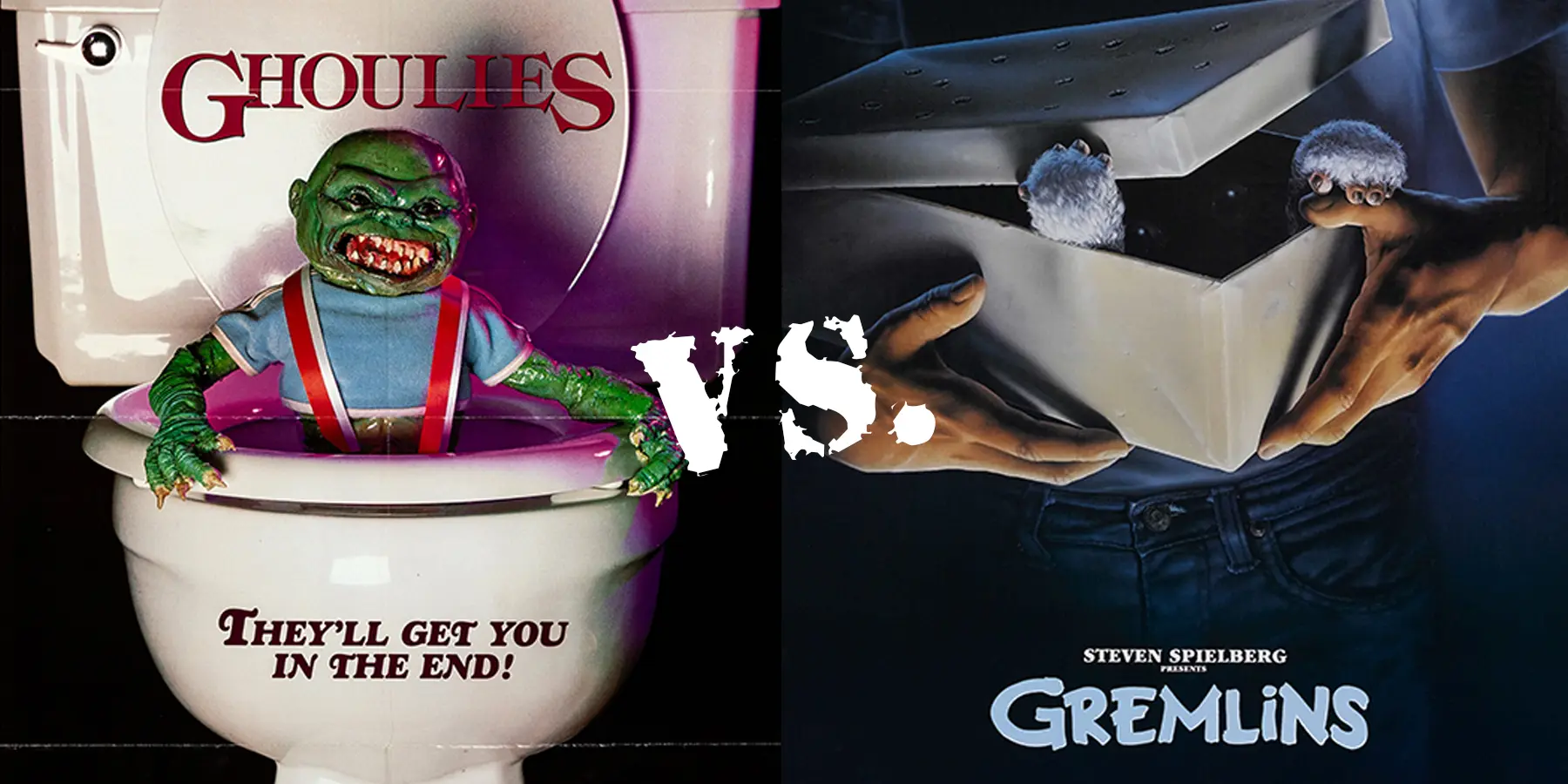When it comes to classic TV that dared to bend minds, spark fear, and prod the conscience, two giants stand above the rest: The Twilight Zone and The Outer Limits. These weren’t just television shows—they were cultural litmus tests that tackled societal fears, explored human nature, and introduced some of the most iconic stories ever told in speculative fiction.
But which show reigned supreme? Was it the morally twisted tales of The Twilight Zone or the creature-packed paranoia of The Outer Limits?
Let’s break it down.
Monsters vs. Metaphors: The Power of “The Bear”
One of the most famous creative distinctions between these shows is The Outer Limits’ commitment to what the crew affectionately called “the bear”—a literal creature or monster featured in nearly every episode. It was a hook to reel in viewers, but these monsters weren’t just rubber suits and smoke—they were metaphors with claws.
- “The Architects of Fear” – Scientists fake an alien invasion to unite Earth during Cold War tensions.
- “The Zanti Misfits” – Bug-like alien convicts stir up anxieties about justice and punishment.
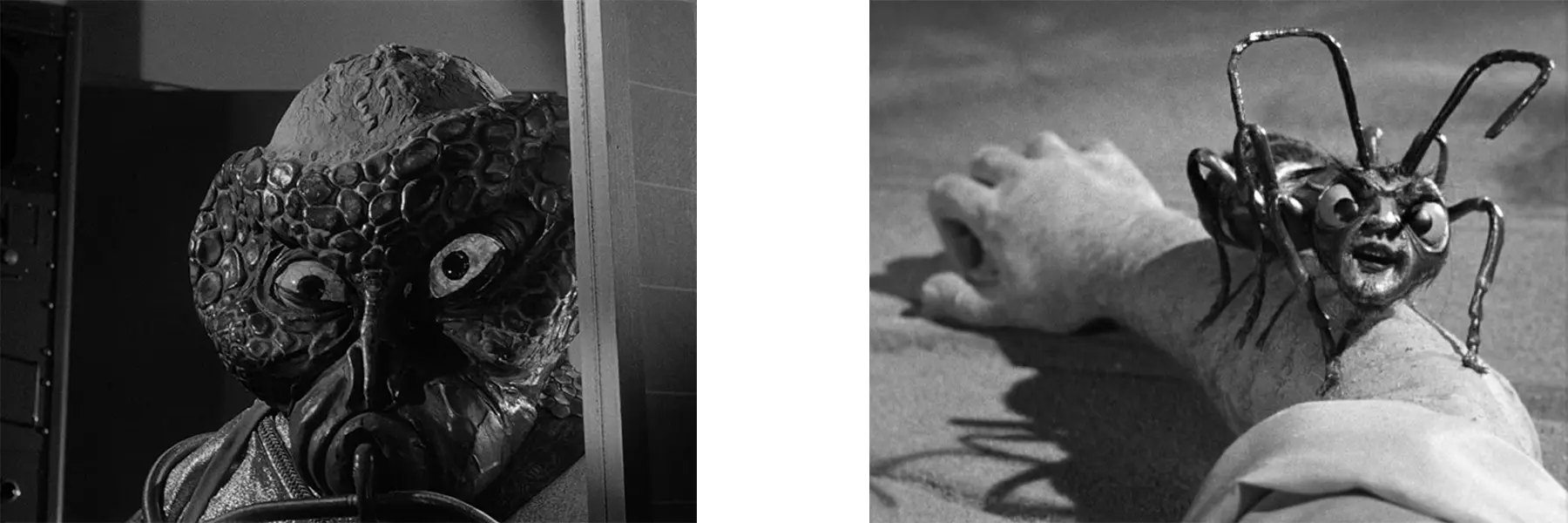
Meanwhile, The Twilight Zone played it subtler. Monsters were there—but they were more often metaphoric, psychological, or even societal. Episodes like:
- “Nightmare at 20,000 Feet” (gremlin on a plane wing),
- “To Serve Man” (a cookbook with sinister intentions)
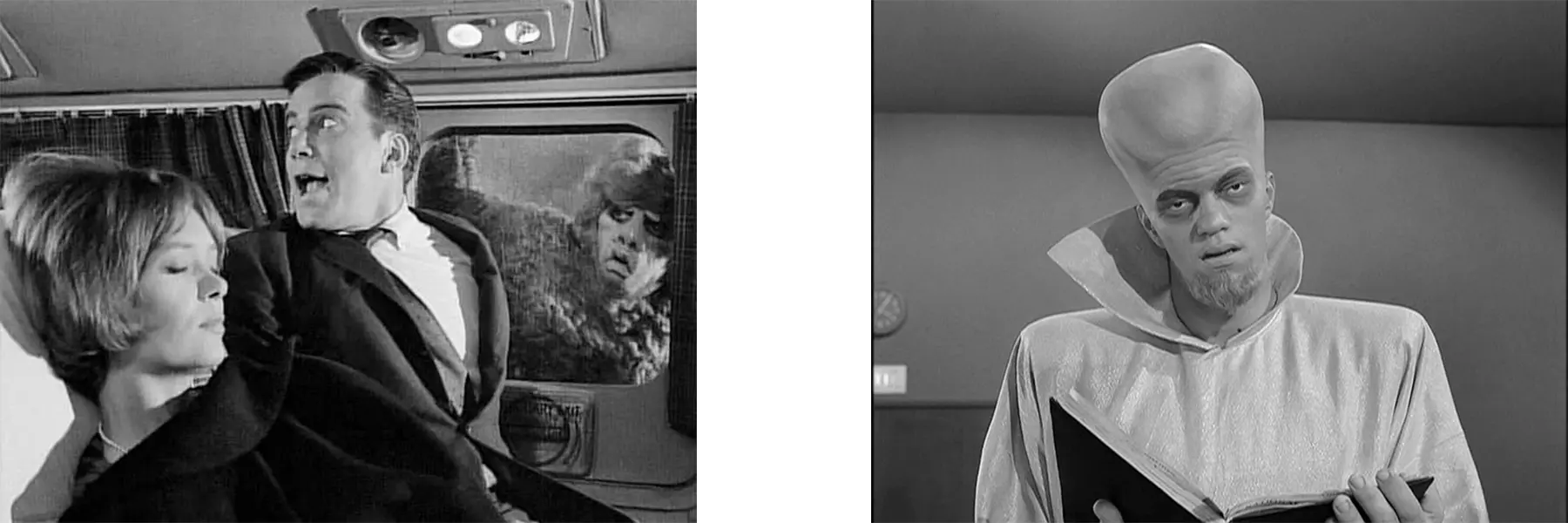
…featured creatures, but the real horror often came from within—paranoia, guilt, greed, or conformity.
Two Shows, One Goal: Tackling Controversial Issues
Both series leaned hard into sci-fi as a tool for social commentary. They didn’t just entertain—they provoked.
The Twilight Zone (1959–1964)
Focused on existentialism, prejudice, and the fragility of civilization.
“I Am the Night—Color Me Black” – Racism and hate literally darken the world.
“The Monsters Are Due on Maple Street” – Mob mentality and suspicion unravel suburbia.
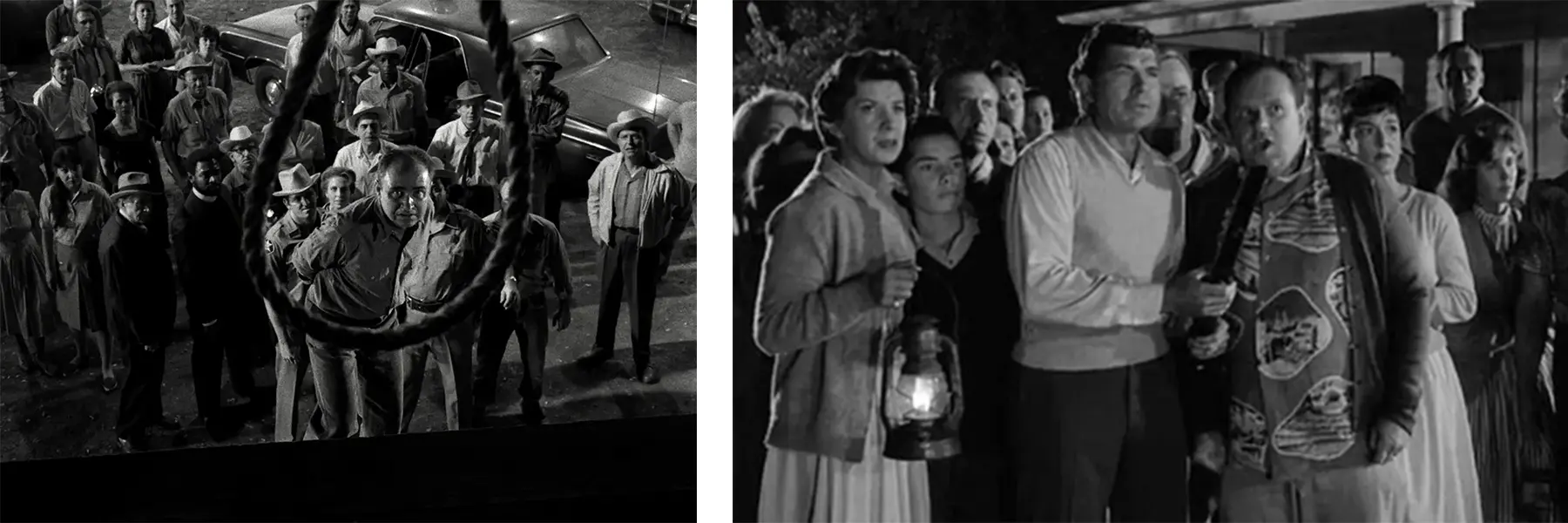
The Outer Limits (1963–1965)
Tackled the ethics of science, technology, and authoritarian control.
“O.B.I.T.” – Constant surveillance corrupts society—eerily predicting our modern digital reality.
“The Sixth Finger” – Accelerated evolution leads to devastating consequences.
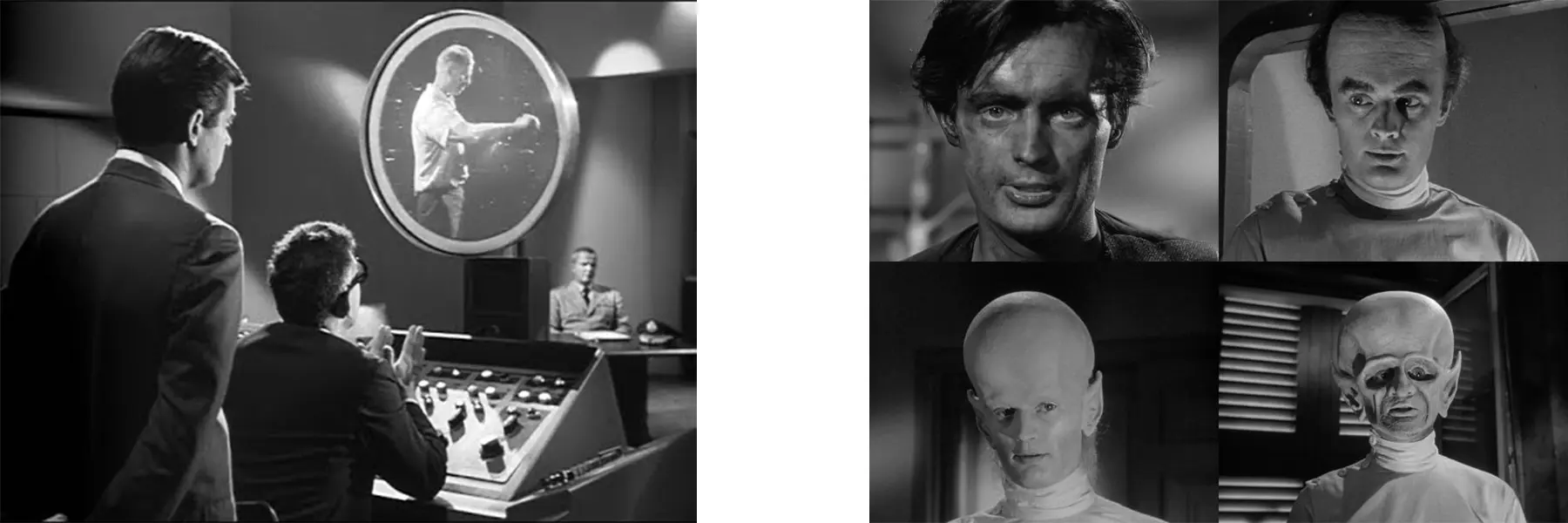
The Writers Who Gave Sci-Fi Its Soul
What made these shows stand out wasn’t just the stories—it was who was telling them.
The Twilight Zone‘s Masterminds:

- Rod Serling – The face, voice, and mind behind the series. Wrote or co-wrote 92 of 156 episodes. A WWII vet with a sharp pen and sharper ethics.
- Richard Matheson – Wrote classics like “Nightmare at 20,000 Feet”.
- Charles Beaumont – Gave us haunting gems like “Number 12 Looks Just Like You”.
Together, they brought literary weight and moral vision to television, treating the genre with the respect it deserved.
The Outer Limits‘ Sci-Fi Powerhouse:

- Harlan Ellison – Wrote “Demon with a Glass Hand” (which won a Writers Guild Award) and “Soldier”, a proto-Terminator tale.
- Joseph Stefano – Co-creator of The Outer Limits and screenwriter of Psycho, brought eerie psychological layers to the series.
Both shows treated science fiction not as pulp, but as philosophy wrapped in imagination.
Groundbreaking Episodes You Need to Know
The Twilight Zone Hits:
- “Time Enough at Last” – A book-loving loner survives nuclear doom… and fate cruelly intervenes.
- “Eye of the Beholder” – Twists societal beauty standards on its head.
- “Nightmare at 20,000 Feet” – William Shatner sees a monster no one else can. Or can they?
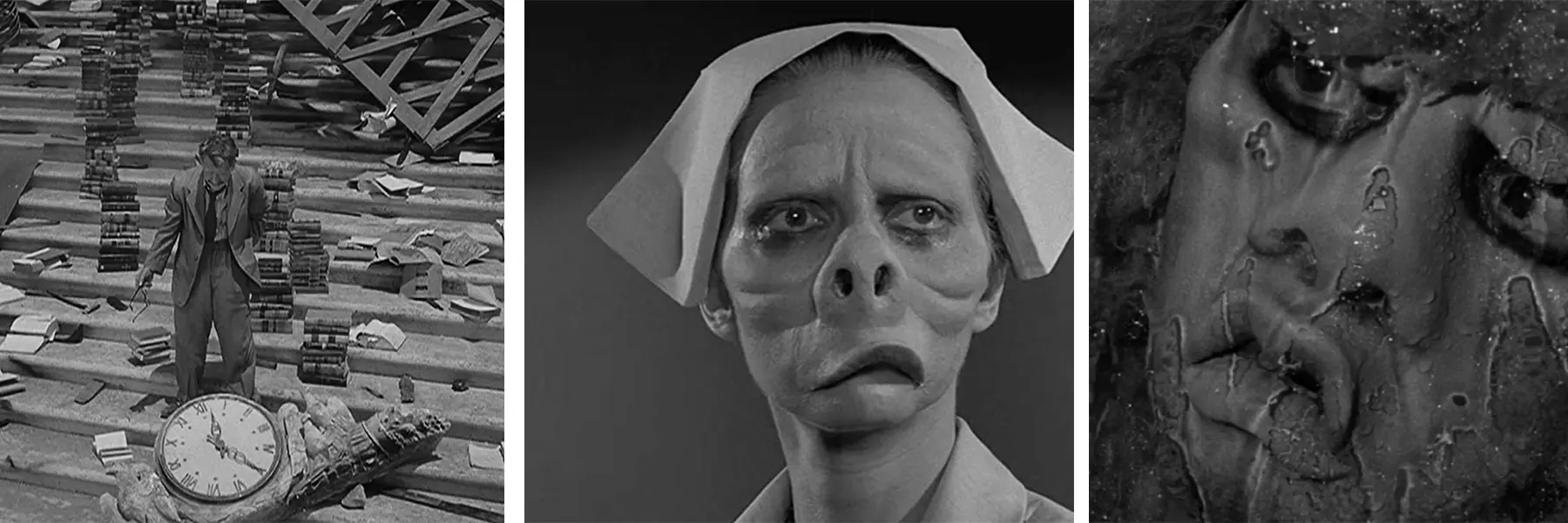
The Outer Limits Classics:
- “The Architects of Fear” – Alien hoax as a peacekeeping ploy.
- “The Zanti Misfits” – Creepy crawlers with creepy morals.
- “Demon with a Glass Hand” – Cybernetic mystery with a human heart.
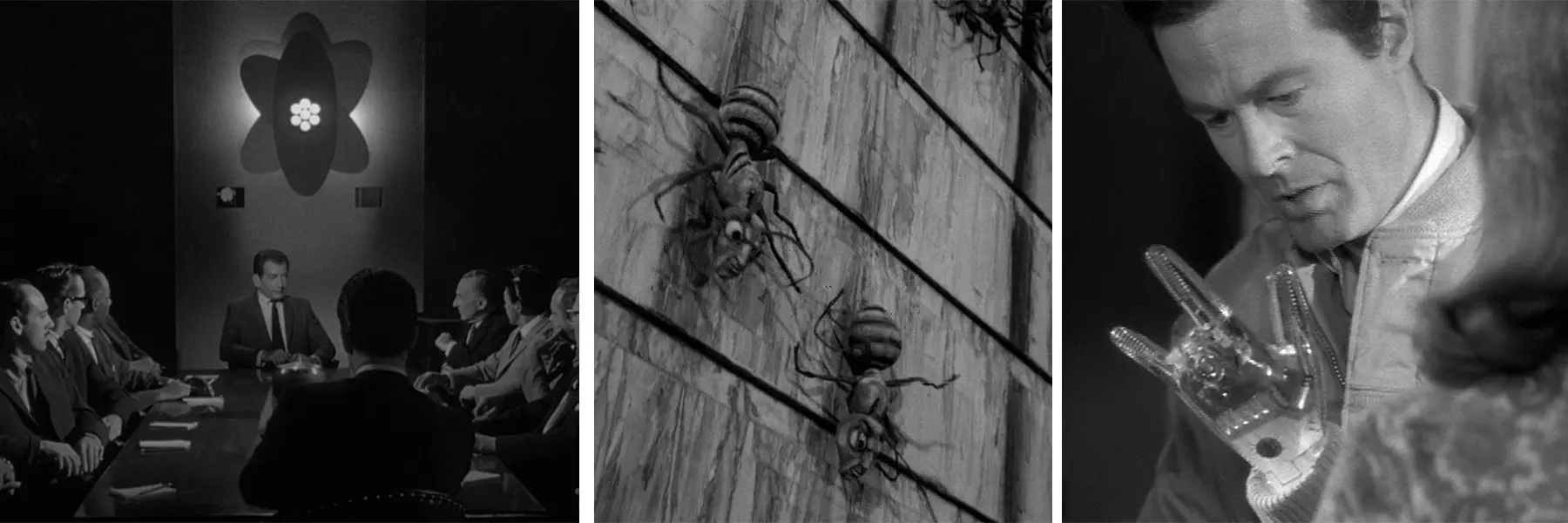
Behind-the-Camera Brilliance

- Conrad Hall (The Outer Limits) – Created eerie atmospheres with his cinematography. Later won Oscars for American Beauty, Road to Perdition, and Butch Cassidy and the Sundance Kid.
- Rod Serling (The Twilight Zone) – The ultimate narrator. His opening and closing monologues became part of pop culture legend.
Side-by-Side Showdown: Key Differences & Similarities
| Feature | The Twilight Zone | The Outer Limits |
| Focus | Human morality, psychology, twist endings | Technology, science, and Cold War fears |
| Monsters | Used sparingly, mostly metaphorical | One in nearly every episode (“the bear”) |
| Tone | Allegorical, introspective | Cinematic, dramatic, often intense |
| Format | Pure anthology with tight moral arcs | More serialized with cinematic pacing |
| Writing Style | Literary and philosophical | Bold, speculative, psychologically layered |
Pop Culture Impact: Still Echoing Through Time
From Black Mirror and Stranger Things to American Horror Story, you can feel the fingerprints of both The Twilight Zone and The Outer Limits in today’s media. Even modern masters—Spielberg, del Toro, Abrams—credit these shows with shaping their storytelling DNA.
So… Which One’s Better?
Trick question. Both are masterpieces.
- The Twilight Zone captured the soul of a society on the brink of change.
- The Outer Limits captured its fears of science spinning out of control.
While one invited you to ponder, the other dared you to look into the unknown. Whether you’re a fan of subtle twist endings or terrifying space monsters, there’s no need to choose. They’re not rivals—they’re twin pillars of sci-fi greatness.
